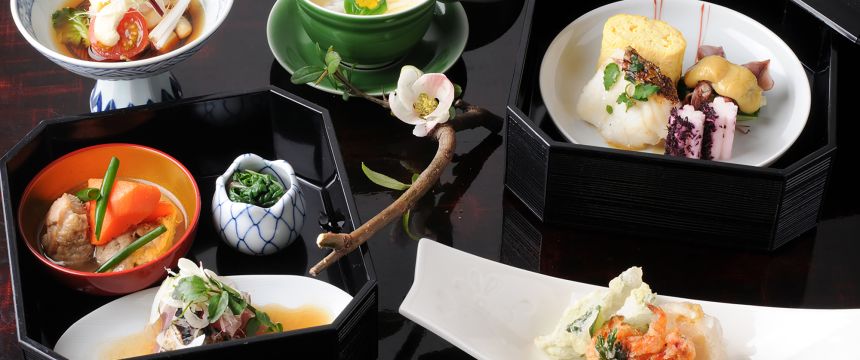Dogo Onsen, Matsuyama City, Ehime Prefecture – Shikoku
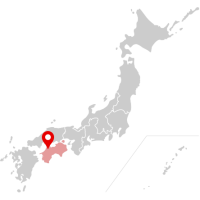
For Japanese people, there’s a certain element of ritual to the onsen (hot spring) experience. It begins with the taking off of shoes, which go into a wooden locker. Then there’s the removal of all clothing, which goes into another locker. You’re then naked, except for the locker key attached by elastic to your wrist.
The health-conscious may step on the scales that are thoughtfully provided in the changing room. You may cast your eye over a chart on the wall listing the minerals and properties of the water, and the many ailments it is said to cure. Inside the baths, there’s an extensive ritual of lathering and soaking, and a little tour around all the kinds of baths offered. Returning to the changing room, a period of meditation in front of the electric fan is de rigueur, followed by slow dressing and a cold drink.
This cold drink is age appropriate. For the young, it’s typically sweet, milky coffee, which tastes wonderful after a hot bath. But adults crave something a bit stronger, and beer really fits the bill. Until fairly recently, that meant a standard lager from one of Japan’s national brands. Today, however, you can often enjoy a locally brewed craft beer, bursting with flavor. Dogo Beer, produced near Dogo Onsen, was an early leader in establishing this new ritual.
A Spa Town with an Ancient Pedigree
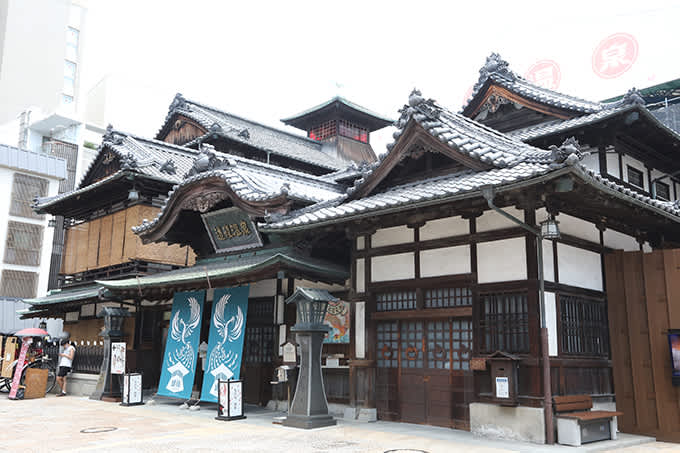
Dogo Onsen in Matsuyama, in Ehime Prefecture on the island of Shikoku, is said to be the oldest known hot spring in Japan. It’s mentioned in the country’s earliest historical texts, the Kojiki and Nihon Shoki, which date back to the early 8th century. In the era of Japanese mythology, when Okuninushi and the dwarf god Sukunahikona traveled to Iyo (Ehime), Sukunahikona suddenly became ill from the long journey. Okuninushi placed Sukunahikona in his palm, warming him with the hot spring water of Dogo. Sukunahikona quickly regained his energy and the happy little god began dancing on a stone. The two gods are engraved on a large column-shaped waterspout called a yugama in the onsen. The stone where Sukunahikona danced is on the north side of Honkan and is called Tama-no-Ishi. Visitors who ladle hot water onto the stone are assured good fortune.
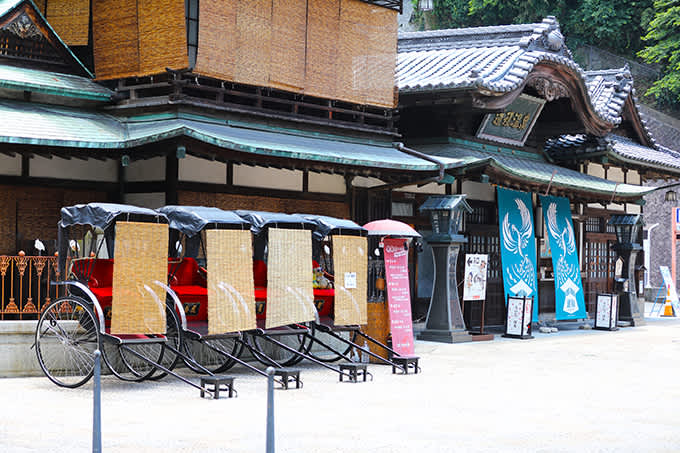
In 596, Shotoku (574–622), a semi-legendary prince of the Asuka Period, visited Dogo for to rejuvenate himself. It is written that he carved a monument praising the water and the camellias around it.
Relaxing at One of Japan’s Original Resort Towns
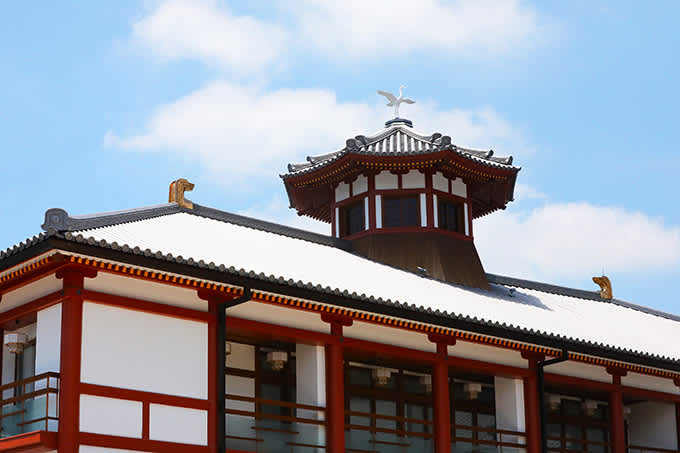
Once considered part of a town called Dogo Yunomachi, Dogo Onsen is now part of Matsuyama city. But with hills and bamboo groves around it, Dogo still has the feeling of a separate place. Today, there are no fewer than three large onsen buildings in Dogo.
The oldest, Dogo Onsen Honkan, was rebuilt at great expense during the Meiji Period by a visionary mayor who wanted to make Dogo a tourist attraction that would last. The Honkan stands three stories high—unusual for a wooden building of that time. Soon after it was built, an annex called the Yushinden was added for exclusive use by the Imperial Family of Japan.
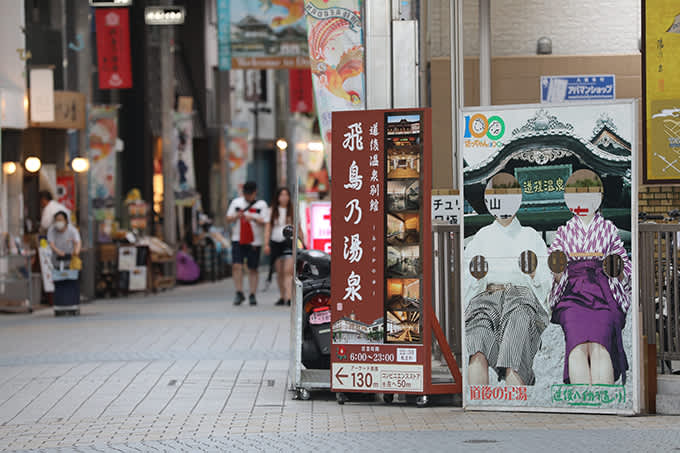
Take a short walk down the lively Dogo Arcade and you will find Tsubaki-no-Yu, a large bathhouse built in 1953. Across a little plaza where camellias are planted is the newest addition, Asuka-no-Yu, built in the architectural style that was current when Prince Shotoku visited. It includes an exact replica of the Imperial Family’s bath in the Honkan, which you can use for 90 minutes for a reasonable price.
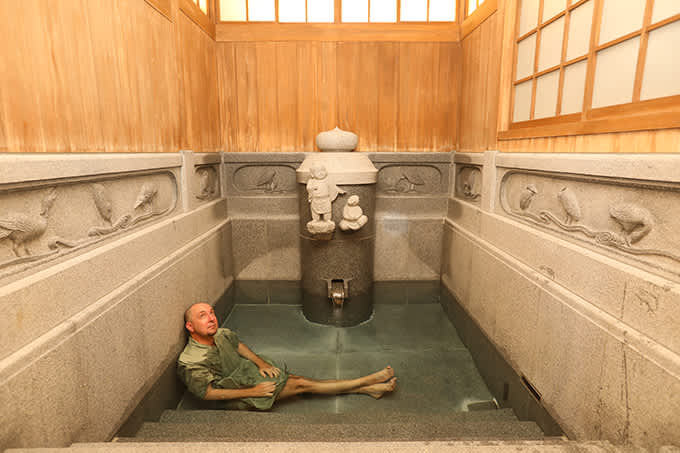
Around these spa facilities are hotels, ryokan (traditional Japanese inns), and guesthouses, as well as the arcade with its souvenir shops, restaurants, and several fascinating museums. Near the spa is Dogo Park, located on the site of an ancient castle. There’s also Minakuchi Brewery, which makes sake and was established around the time that the Honkan was built. Since then, it has kept pace with the trends of Japan’s oldest spa.
A Toast to Dogo Beer!
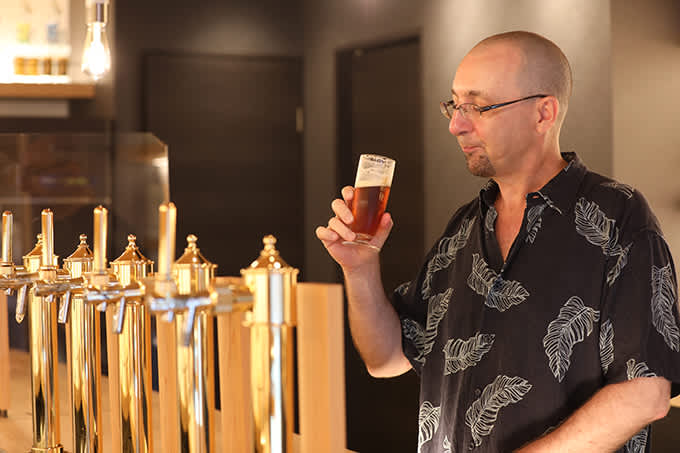
One of these trends is craft beer, popular with bathers looking to whet their whistle after emerging from the waters of the spa. The Dogo Ryokan Association wanted a new attraction and, in consultation with the brewery, decided it should be craft beer. Minakuchi installed the necessary equipment in a corner of their premises in Dogo and began brewing four varieties: Kölsch, altbier, stout, and Weizen.
Whichever bathhouse you emerge from, there’s a Dogo Beer outlet waiting nearby. Right next to the Honkan is Dogo Bakushukan, a casual Japanese restaurant featuring local cuisine. If you’re not eating in, you can buy a beer served in a plastic cup and enjoy it on the bench outside. Visitors can be seen dressed in hotel yukata, their skin still a little red from the hot water, sipping the brew of their choice. There’s nothing quite like enjoying a chilled beer, foam on your top lip, having just come out of a steaming bath.
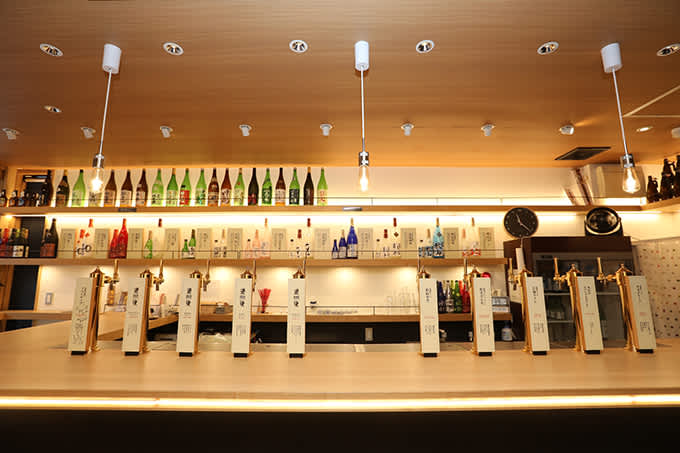
Next to Asuka-no-Yu, and within staggering distance of Tsubaki-no-Yu, is the Dogo Standing Bar, with its L-shaped counter lined with a tempting row of taps. You can also order popular local snacks such as jakoten, a patty of fried fish paste, to enjoy with your craft beer. Just a couple of blocks away is the Nikitatsu-An restaurant, which is attached to the brewery itself. Here you can sample Dogo Beer in very elegant surroundings, served with a full-course meal.
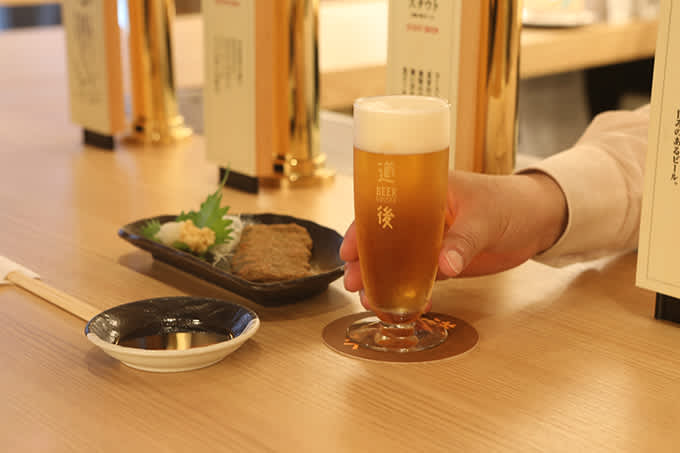
Minakuchi is constantly innovating, and their most recent stroke of inspiration is fruit ales, which you can try at all their establishments in Dogo. Whatever your taste, you’re sure to find the ideal post-bath refresher.
Contact Information
Dogo Tourist Office
6-8 Yunomachi, Dogo, Matsuyama, Ehime 790-0842
How to Get There
Matsuyama can be reached by air, train, ferry, bus, and car from Honshu. Limousine buses go to Dogo from all the transportation terminals. From JR Matsuyama Station, it’s a short ride on one of the city’s historic trams or the Botchan train, a replica of the Meiji Period steam train that once linked Dogo and Matsuyama.
Recommended Itineraries
Dogo should be a stop on any visit to Shikoku. In addition to the baths, Isaniwa Shrine, Dogo Park, and the Giyaman Glass Museum are recommended. The range and variety of Dogo’s hotels, many with on-premises onsen, make the town a great base for visiting Matsuyama, the Shimanami Kaido, Uchiko, and Ozu.
Related Links
Dogo Onsen (Official Website) (English)
Map
Featured Cuisine
In addition to great local beer, marine products from the Seto Inland Sea feature prominently in Ehime cuisine. There are two varieties of a dish called taimeshi (sea bream and rice). In the Matsuyama variety, the fish is cooked with rice, creating a fragrant and succulent combination. In the Uwajima variety, sashimi is arranged on cooked rice and served with raw egg and rich soy sauce. Both are available at the restaurants mentioned above.
-
Author
Author: Rod
Rod first came to Japan in 1991 and after traveling the country he fell in love with the fourth largest island, Shikoku, moving there permanently from 2001. He currently works on projects to get more tourists off the beaten track, and his own company, Shikoku Tours, aims to invite more visitors to the island he has made his home. In his free time, he can be found exploring on his Fuji bicycle by day, and relaxing with a glass of sake at night.
All information is correct as of the time of writing.
Please check for the latest information before you travel.





















































